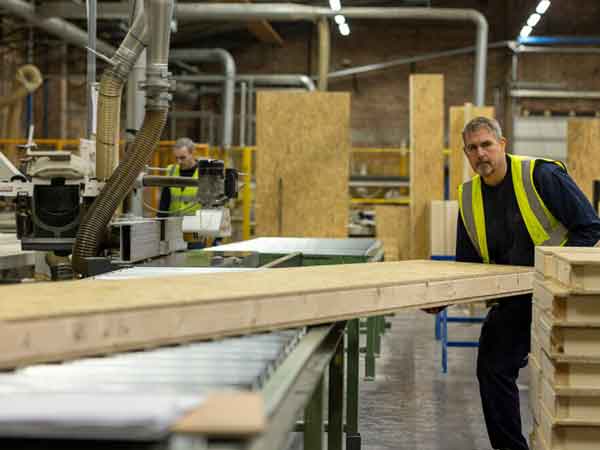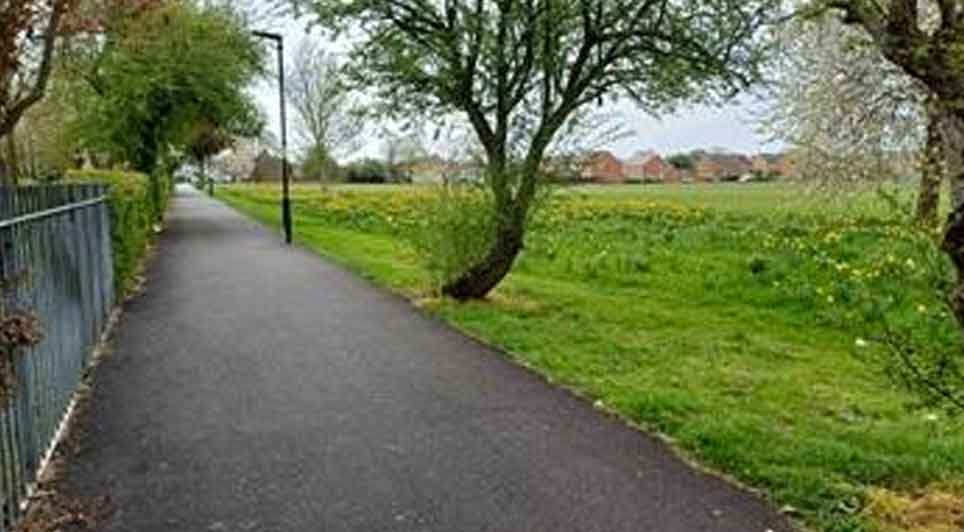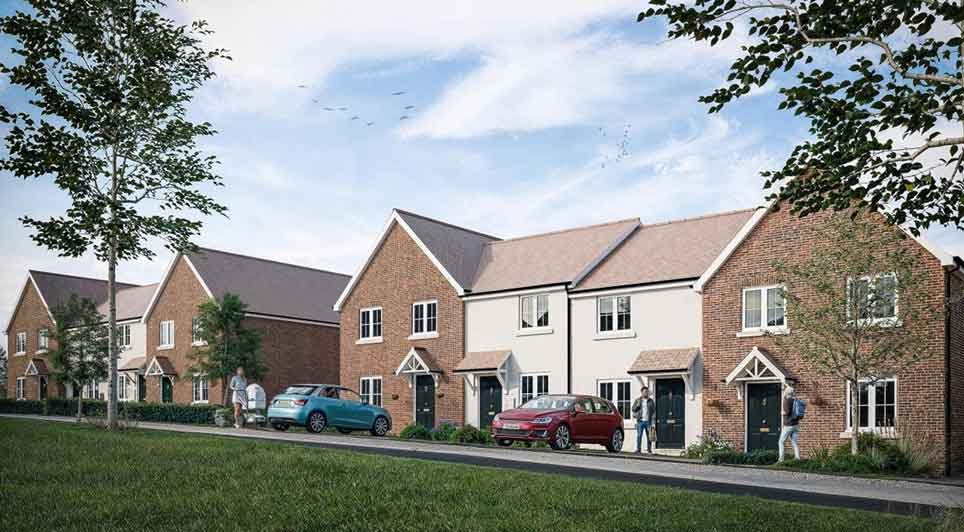In the dynamic landscape of UK construction, Structural Insulated Panels (SIPs) are increasingly prominent.
For everyone from architects to homeowners, grasping how these panels work within UK building regulations is key. This blog aims to unravel the complexities of SIP panels, highlighting their growing role in modern building practices and their alignment with UK standards.
Understanding SIP Panels
SIPs are a modern marvel in building materials, comprising a foam core enclosed by two structural facings, typically oriented strand board (OSB). Known for their exceptional strength, thermal efficiency, and streamlined construction process, they’re fast becoming a go-to choice in contemporary buildings.
Visit our SIPs performance page for more info.
Adhering to UK Building Regulations
The Building Regulations 2010 in the UK are central to ensuring the safety, health, and efficiency of buildings. SIP panels dovetail nicely with several crucial elements of these regulations:
Part A (Structural Safety): SIP panels are meticulously engineered to satisfy the UK's structural safety requirements. Whether it’s for load-bearing or non-load-bearing purposes, they provide vital strength and stability. Capable of enduring various environmental stresses and daily demands, SIPs are rigorously tested to ensure they meet the standards for building stability.
Part L (Conservation of Fuel and Power): The thermal efficiency of SIP panels is a standout feature, particularly relevant to Part L. This regulation focuses on energy efficiency in buildings. SIPs, with their insulating core and minimal thermal bridging, significantly reduce heat loss, cutting down energy consumption and supporting the UK’s drive towards energy conservation and reduced carbon emissions.
Part B (Fire Safety): Fire safety, a crucial aspect of construction, falls under Part B. SIP panels can be specifically tailored for improved fire resistance. This includes using fire-retardant materials and ensuring proper installation with fire-stopping measures. Thus, SIPs play a significant role in a building’s fire safety strategy, meeting the required fire resistance and flame spread criteria set by UK regulations.
Part E (Resistance to Sound): Sound insulation is key, as outlined in Part E. The dense foam core of SIP panels naturally dampens sound, making them effective against both airborne and impact noise. This makes them ideal for residential and commercial buildings where managing noise is essential for comfort and privacy.
In essence, SIP panels represent a multifaceted solution that meets various UK Building Regulations. Their robust structure, energy efficiency, fire safety features, and sound insulation properties make them a favourite in the UK construction scene, meeting the stringent demands of contemporary building projects.
Environmental Commitment and Compliance
SIP panels are not just structurally and thermally efficient; they also play a significant role in promoting environmental sustainability in construction. This aspect is increasingly vital as the UK intensifies its focus on eco-friendly building practices.
Reduced Carbon Footprint: SIPs contribute to lower greenhouse gas emissions. Their exceptional insulation reduces the need for extensive heating and cooling, thereby cutting down energy consumption and associated carbon emissions. This is in line with the UK’s commitment to reducing its carbon footprint and addressing climate change.
Sustainable Materials: The materials used in SIPs often come from sustainable sources. For example, the oriented strand board (OSB) typically used in SIPs is usually made from fast-growing, sustainably harvested trees. This promotes responsible use of resources, aligning with the UK’s environmental objectives.
Waste Reduction: The prefabricated nature of SIPs leads to less onsite waste compared to traditional building methods. By manufacturing to exact specifications, excess materials are minimised, contributing to more sustainable construction practices.
Long-Term Efficiency: Buildings constructed with SIPs are not only more energy-efficient to operate but also have a longer lifespan due to their durability. This means less frequent need for repairs or replacements, reducing the environmental impact over the building’s lifecycle.
Compliance with Environmental Regulations: SIPs align well with environmental standards set out in UK building regulations. By using SIPs, projects can more easily meet the requirements for sustainable construction, such as those outlined in the Code for Sustainable Homes or BREEAM (Building Research Establishment Environmental Assessment Method).
Construction News
09/02/2024
Revolutionising Construction: Navigating UK Building Regulations With SIP Panels


17/04/2025
Our welfare unit hire division offers innovative ecowelfare units ready to be delivered nationwide and available in a range of configurations to accommodate 7, 12, or 15 persons with our most popular unit being our 12ft model fitted with advanced solar panels means there is no noise or vibrations f

16/04/2025
Pennyfarthing Homes has officially broken ground at Danes Park in New Milton, launching construction on a significant new residential development that will deliver 164 homes.
To mark the milestone, directors from Pennyfarthing Homes welcomed Councillor Steve Davies, Portfolio Holder for Housing and
16/04/2025
GMI Construction Group is celebrating the official opening of Dakota Newcastle, the North East's first Dakota Hotel, situated on Newcastle's Quayside.
The 118-room luxury boutique hotel, located at St Anne's Wharf, has welcomed its first guests and is poised to become a major addition to the region

16/04/2025
Gleeds has been named project manager for the billion-pound redevelopment of Airedale General Hospital in Keighley, West Yorkshire on behalf of Airedale NHS Foundation Trust.
The award-winning trust employs over 3,000 people and provides acute, elective, specialist and community care for a populat

16/04/2025
Morgan Sindall Construction has marked the official opening of a new Special Educational Needs and Disabilities (SEND) teaching block and a specialist hydrotherapy pool at Philip Southcote School in Addlestone, in a celebration attended by students, families and local officials.
The event brought t

16/04/2025
Bedford Borough Council has successfully completed a footpath refurbishment programme across several of its parks and open spaces.
The initiative, funded by the UK Shared Prosperity Fund (UKSPF), targeted key parks across the borough following a detailed review that identified areas in need of repa

16/04/2025
Wates Fit Out has announced the appointment of Phoebe Wood as Senior Business Development Manager, where she will lead the team's business development efforts and support the growth of new opportunities across the commercial fit-out sector.
With close to three years of experience in the built envir

16/04/2025
United Living has announced the appointment of Claire Kershaw as Chief Executive Officer of United Living Property Services.
With over two decades of experience in the social housing sector, Claire brings a wealth of knowledge in property maintenance, refurbishment, and regeneration. Her career inc

16/04/2025
Sempra Homes, the housing subsidiary of Basildon Council, is preparing to launch its latest 100% affordable housing development at Bowers Close on London Road in Pitsea, Essex.
The new development will deliver 31 high-quality homes aimed at increasing access to affordable housing for local residen

15/04/2025
Costain, working as part of the SMP Alliance, has completed the construction of 41 new emergency areas on the M1 motorway between junctions 28 and 35A, delivering the project ahead of schedule.
The newly installed emergency areas span a 32-mile stretch of motorway running from Derbyshire to South Y
 UK
UK Ireland
Ireland Scotland
Scotland London
London











